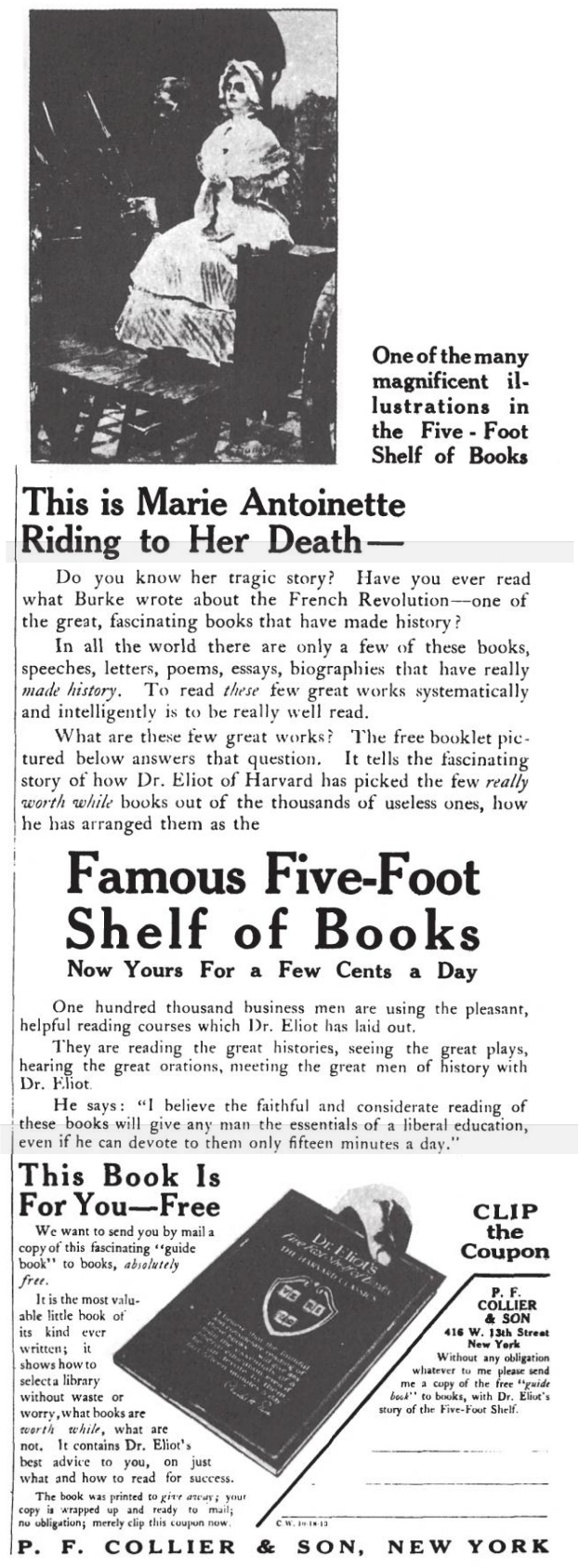Here’s one of the greatest (and for copywriters, most instructive) scenes in Hollywood history:
“Now then, tell me,” says the doctor behind the glass. “What did Miggs say to you? Multiple Miggs in the next cell. He hissed at you. What did he say?”
The young FBI agent on the other side of the glass adjusts a bit in her chair. “He said, ‘I can smell your cunt.'”
“I see,” the doctor says with a slow blink. “I myself cannot.”
That’s from the first meeting of Dr. Hannibal “The Cannibal” Lecter and FBI agent Clarice Starling, in The Silence of the Lambs.
Hannibal Lecter is a genius psychiatrist who happens to be a serial killer.
Clarice is a young FBI trainee. She’s been sent to get Lecter’s help on a case of serial murders.
In those first few moments of the meeting, Clarice does lots of things right:
She makes a damaging admission (“I’m a student”). She flatters Lecter (“Maybe you can decide whether I’m qualified to learn from you”). She makes the embarrassing admission about Miggs. And she shows interest in the drawings of Florence on the walls of Lecter’s cell.
“All that detail just from memory, sir?” she asks.
“Memory, Agent Starling, is all I have instead of a view.”
So far, so good. And then comes the rupture:
“Well,” says Clarice with a nervous smile, “perhaps you’d care to lend us your view on this questionnaire, sir.”
Lecter tilts his head and smiles. Like he’s talking to a 3-year-old girl who just fell and scraped her knees.
“Oh no no no no no,” he says. “You were doing fine. You had been courteous and receptive to courtesy. You had established trust with the embarrassing truth about Miggs. And now this ham-handed segue into your questionnaire. Ts-ts-ts… it won’t do.”
And that’s exactly what can happen to you, and what will happen, unless you take care.
Because your prospect reads your value-laden content or watches your entertaining video. And then comes the pitch.
“Oh no no no no no,” your prospect says with a sympathetic tilt of the head. “It won’t do.”
If you don’t believe that that’s how it is, then let me make a damaging admission of my own.
A while back, an A-list copywriter sent out an email.
I’d been on his list for years, but he never ever emailed anything.
And here he was, writing, and with an interesting personal story. He got me sucked in.
And then, with a ham-handed segue, he switched to an offer for a course he was selling.
I’ll tell you this. I wasn’t as cool and courteous as Hannibal above. I might have cursed at my laptop. And that’s even though I make my living doing the same thing as this guy… and though I should be immune to being pitched.
So my point for you is this:
Indirect selling works. But you have to be better than Clarice was in that opening scene.
Your indirect lead is not just about building a bit of relationship, good will, and rapport.
In the indirect-selling bait, before you get to the switch, you have to do something critically important.
What exactly?
You can find out about that inside my Most Valuable Email training. Because the above email is an email that uses my Most Valuable Email trick.
If you want an explanation of how and where this email uses the Most Valuable Email trick, you can find that in the Most Valuable Email Swipes, which is something I give you along with the core training of the course. Look up #10 in that swipe file, and you will see the trick in action. Plus as a benefit, you will learn how to avoid ham-handed segues that get you eaten alive.
To get it now:

